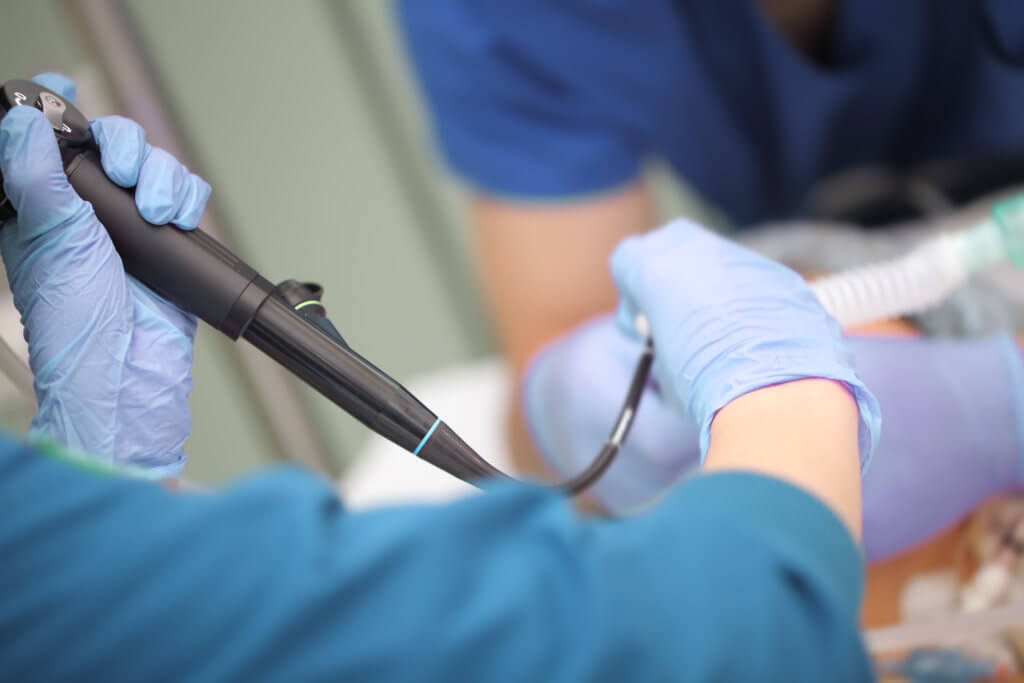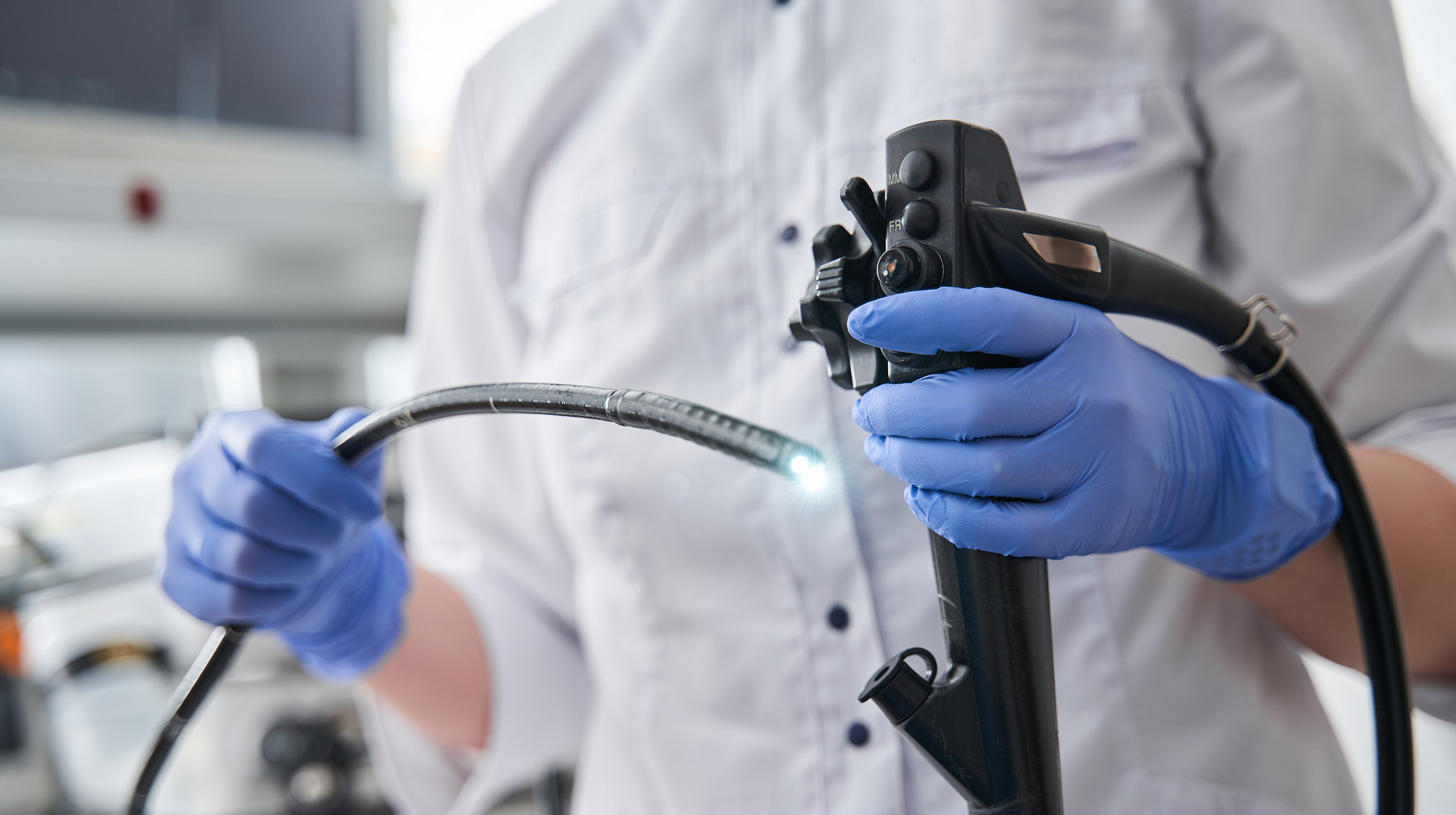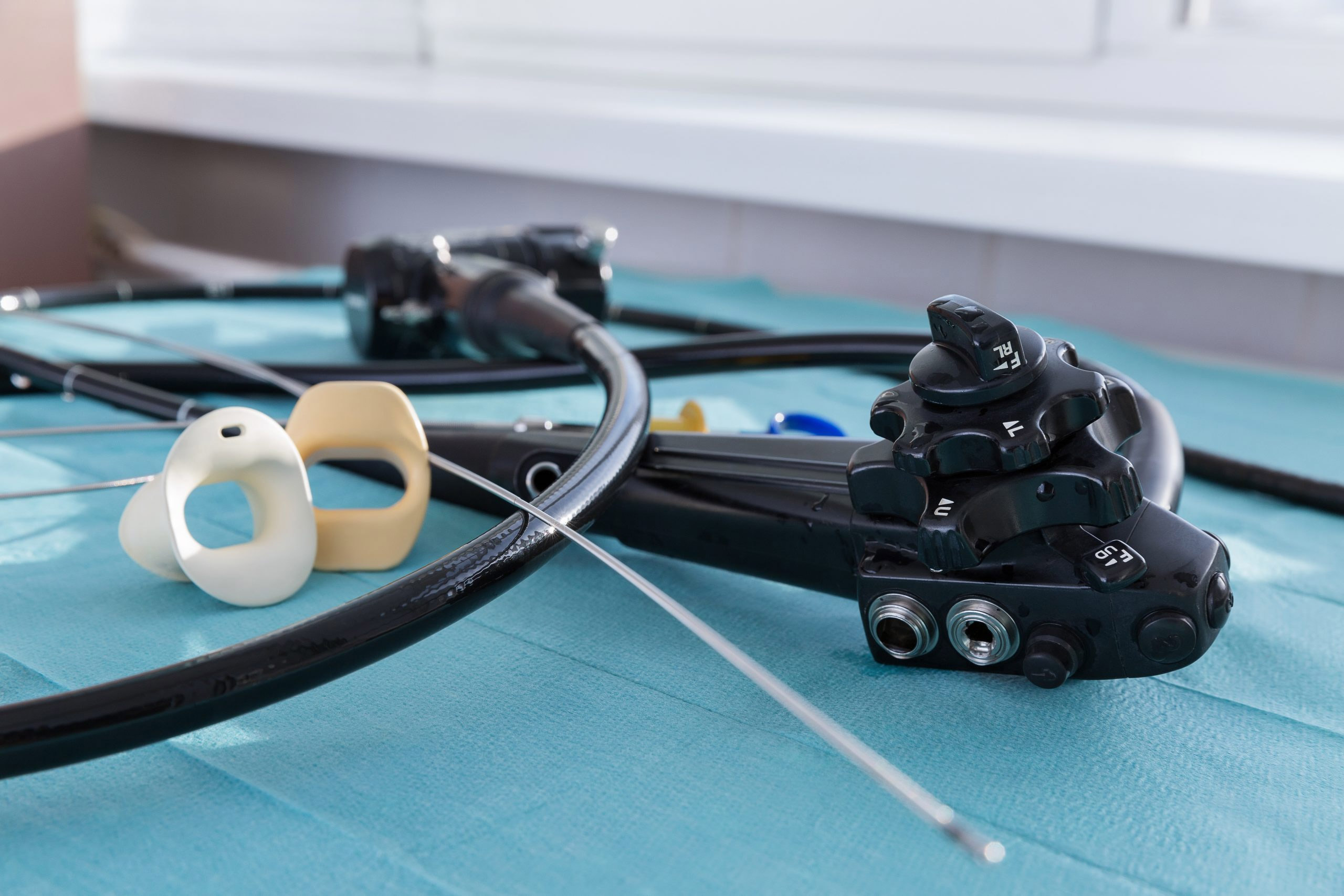
The cost effectiveness of single-use endoscopes, combined with rising cases of chronic disease amid the COVID-19 pandemic and cross-contamination concerns with medical devices, have added to the appeal of disposable endoscopes in a market where 75 million procedures are conducted annually.
That’s according to a recent analysis from Vizient, a leading U.S. healthcare performance improvement company.
“Single-use endoscopes eliminate large capital expenditures, require a lower level of training and skills and eliminate costs related to reprocessing and repair,” writes Brian Howard, Vizient’s director of contract services.
An industry analysis from 2020 valued the disposable endoscope market at $1.3 billion, with growth of 16.9 percent projected by 2028.
In general, a reusable endoscope averages $1,400 to $1,900 per procedure, according to Howard, compared with single-use scope costs of $400 to $1,900 per procedure. Technological advancements and applications can be made far more quickly in single-use endoscopes than in their reusable counterparts, Howard adds, another factor seen in the market growth.
In the rare cases when patient infections occur, they’re not only damaging to a hospital’s reputation but they’re costly: Healthcare-associated infections occur in 1 to 1.2 percent of procedures, with a cost ranging from $11,500 to $45,000 per procedure, according to the post.
A study by J.M. Mouritsen and others, published in Anaesthesia last year, concluded that there is a 2.8 percent risk of patient infection post-bronchoscopy when a reusable bronchoscope is used.
The initial capital outlay for reusable scopes explains their higher costs. Endoscopes typically cost $25,000 to $60,000, Howard writes, while the video towers cost an additional $60,000 to $75,000. A reprocessor costs between $35,000 to $50,000, and there are also recurring replacement and repair costs, along with salaries of staff to do the reprocessing work.
An Ambu-sponsored webinar compared the costs of single-use and reusables and found that when reprocessing costs and infection treatment are factored in, the cost per procedure for a single-use bronchoscope totals about $300. That compares with about $326 in direct costs per procedure for a reusable scope, a total that increases to $656 when you add in the expense of treating infections.
Over the past 18 months, the Federal Food and Drug Administration has issued new or updated safety communications around three types of flexible endoscopes — duodenoscopes, urological endoscopes (including cystoscopes and ureteroscopes), and flexible bronchoscopes.
The latest of these communications from the FDA recommended that providers shift to sterilization of flexible bronchoscopes during reprocessing rather than high-level disinfection when possible. If there is “no support for immediate reprocessing,” providers should use single-use bronchoscopes.


